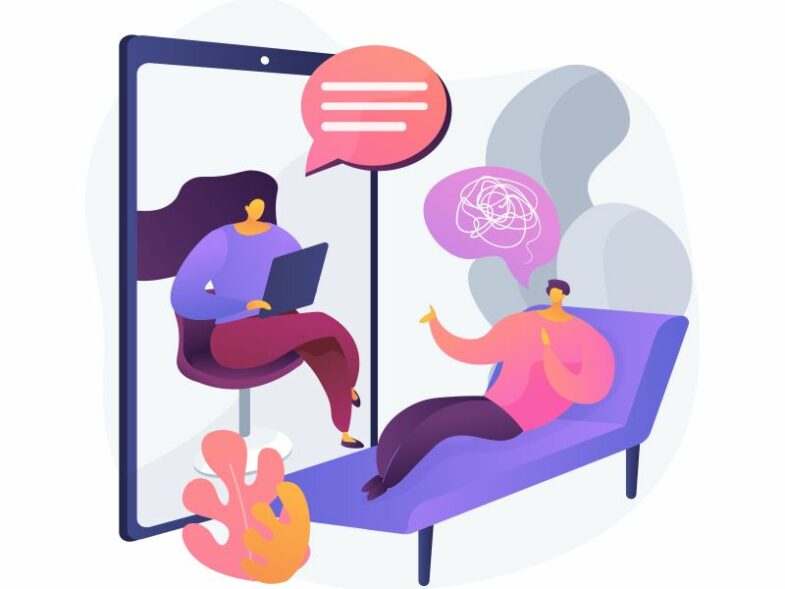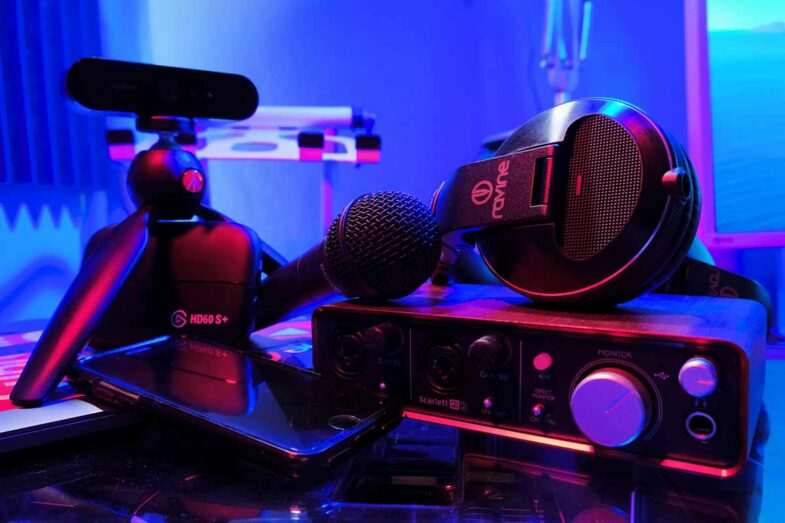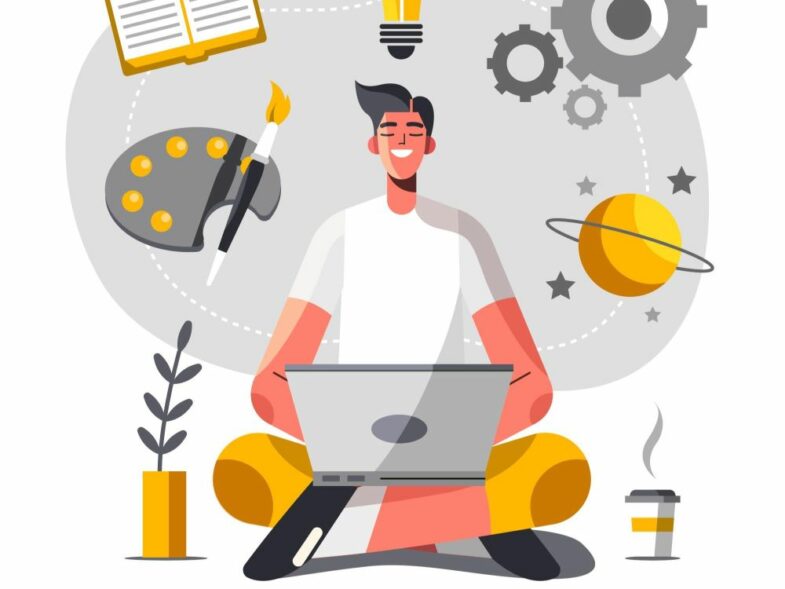The shift toward online therapy isn’t new, but the pace of innovation has picked up fast. What started with video calls between therapists and clients has grown into a broader digital system that’s reshaping how people engage with mental health support.
These days, therapy can include everything from personalized mental health apps to immersive VR sessions. And while technology doesn’t replace the relationship between a client and a provider, it can help make therapy more consistent, more accessible, and more effective.
Let’s take a closer look at five digital tools that are changing how therapy works – and why they’re gaining traction with both clients and professionals.
1. Virtual Reality That Makes Exposure Therapy Safer and More Practical
People working through PTSD, phobias, or social anxiety can practice facing fears with support and structure. VR allows that to happen without needing to leave home or take unnecessary risks.
It also supports mindfulness and relaxation techniques. Immersive environments help people stay focused on the moment, which can be hard to do when your mind is racing. Some providers use VR to walk clients through cognitive behavioral therapy steps, adding a layer of engagement that’s hard to match in a traditional setting.
These tools are already being used in care settings focused on both mental health and substance use. To learn more about Sophros Recovery and how digital tools play a role in their therapeutic approach, check out their story.
2. Mental Health Apps That Keep Progress Going Between Sessions
There’s a big difference between scrolling through random advice and using a clinically-backed app. The latest generation of mental health apps offer mood tracking, journaling, and goal setting that’s grounded in evidence-based therapy. Some are even designed to complement formal treatment with structured modules for anxiety, depression, or recovery support.
Because apps are available anytime, they help people stay consistent between sessions. That could mean a daily check-in, a reminder to practice a new coping skill, or a nudge to reflect on triggers from earlier in the day. It’s a way to stay engaged with the process – even on days when therapy isn’t scheduled.
Many apps also collect data that can help guide care. If someone’s sleep or activity patterns start to shift, their provider can get a heads-up and adjust the approach if needed. That kind of real-time feedback wasn’t possible before, and it’s changing how therapy is delivered.
3. AI-Powered Chatbots That Offer Support When It’s Needed Most
AI chatbots are being used to fill a gap in care – especially when someone needs help but isn’t ready to speak with a person. These bots can walk users through guided check-ins, suggest grounding techniques, or offer a safe space to express what they’re feeling.
For someone in distress, that kind of access can be the difference between isolation and action. They’re not designed to replace therapy, but they can play a useful role.
Some programs use AI chatbots as a first step before someone connects with a therapist. Others use them for ongoing support between appointments, especially in intensive outpatient programs or early recovery.
4. Wearables and Remote Monitoring That Spot Trouble Early
One of the biggest changes in therapy isn’t happening in the session – it’s what providers can now see outside of it. Wearables and smartphone sensors can track things like sleep, movement, and even social behavior. When patterns change, it can be a sign that someone’s mental health is slipping.
Let’s say someone in recovery starts sleeping less, skipping movement goals, or isolating from usual contacts. That information, when shared with a care team, can prompt a check-in. It gives people a chance to course-correct early – before things spiral.
These tools also help with scheduling care based on actual need. If the data shows stability, appointments can be spaced out. If it shows new risks, support can be added. That kind of responsiveness improves outcomes and makes therapy feel more personalized.
5. Digital Therapeutics Designed to Treat Specific Conditions
Some of the most structured digital tools are known as digital therapeutics. These are software-based programs that use clinically validated methods to treat conditions like depression, anxiety, and substance use disorder. Some require a prescription. Others are available to use alongside therapy with professional support.
What makes digital therapeutics different from typical mental health apps is the level of research behind them. They follow specific treatment pathways, often using CBT or motivational enhancement techniques. They also track progress over time so both the client and the provider can see how things are going.
Bringing It Together
What works best will depend on the person, the provider, and the goals of treatment. But the tools are here, and they’re already reshaping how care is delivered. For people seeking support in a way that’s flexible, consistent, and backed by science, digital therapy tools aren’t just convenient – they’re part of what’s making care better.









